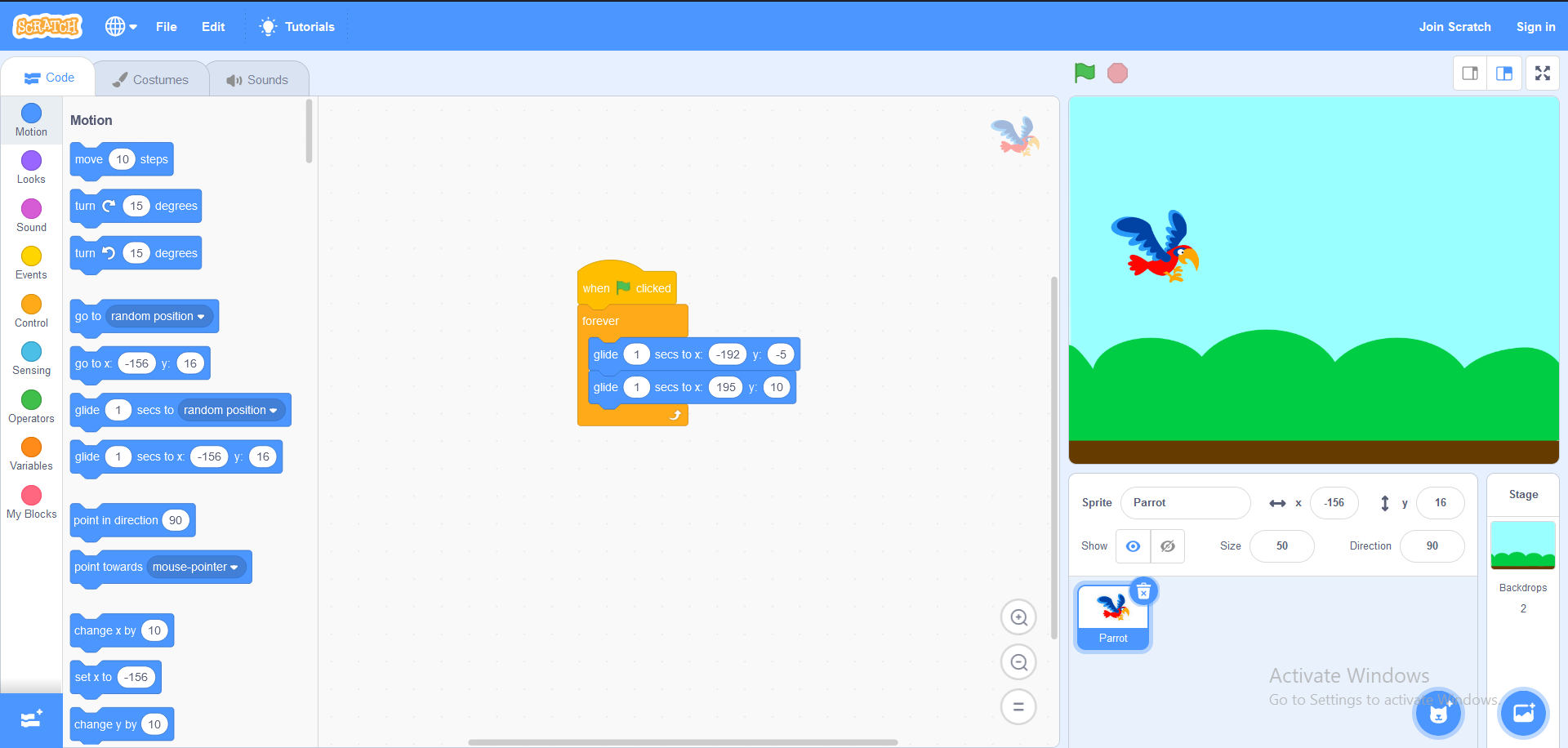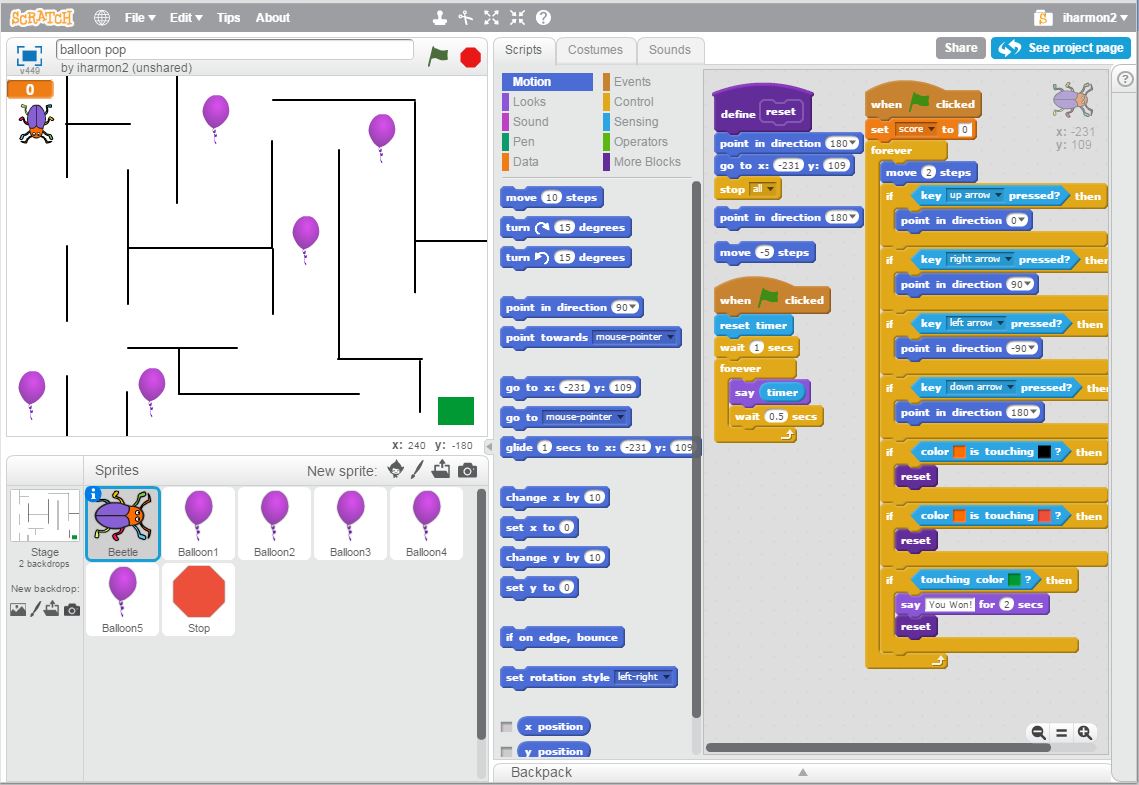Building Online Games With Scratch In 2023: A Comprehensive Guide
Building Online Games with Scratch in 2023: A Comprehensive Guide
Related Articles: Building Online Games with Scratch in 2023: A Comprehensive Guide
Introduction
In this auspicious occasion, we are delighted to delve into the intriguing topic related to Building Online Games with Scratch in 2023: A Comprehensive Guide. Let’s weave interesting information and offer fresh perspectives to the readers.
Table of Content
Building Online Games with Scratch in 2023: A Comprehensive Guide

Scratch, a visual programming language designed for children and beginners, has long been a popular platform for creating interactive games. While its primary focus is on offline projects, the question of whether Scratch can facilitate online gameplay has become increasingly relevant in the digital age. This article delves into the possibilities and limitations of developing online games using Scratch, exploring its potential and offering insights into the challenges and solutions involved.
Understanding Scratch’s Capabilities:
Scratch’s core strength lies in its intuitive block-based programming environment. This visual approach simplifies coding, making it accessible to a wide range of learners. However, Scratch’s design primarily focuses on creating standalone projects that run within the Scratch environment. This inherent limitation means that traditional online multiplayer functionality, where multiple players interact in a shared virtual space, is not directly supported.
The Rise of Cloud-Based Solutions:
Despite its limitations, the desire to create online games using Scratch has led to the emergence of innovative solutions. Developers and educators have harnessed the power of cloud computing to bridge the gap between Scratch’s offline nature and the demand for online interaction. These solutions typically involve integrating Scratch projects with external cloud-based services that handle communication and data synchronization between players.
Exploring the Possibilities:
Here are some key approaches to creating online games with Scratch:
- Cloud-Based Communication Platforms: Services like CloudKit, Firebase, and Socket.IO provide real-time communication capabilities that can be integrated with Scratch projects. These platforms allow players to send and receive data, enabling features like turn-based gameplay, collaborative projects, and even limited real-time interaction.
- Web-Based Frameworks: Frameworks like Phaser and Pixi.js allow developers to create web-based games using JavaScript. While not directly integrated with Scratch, these frameworks can be used to create a separate web-based game interface that communicates with a Scratch project running on a server. This approach allows for more complex online gameplay scenarios.
- Scratch Extensions: Some third-party developers have created Scratch extensions that enhance its functionality. These extensions might offer features like sending data to a server, receiving data from other players, or interacting with external APIs. However, the availability and reliability of such extensions can vary.
Challenges and Considerations:
While these approaches offer promising pathways to online gameplay, several challenges need to be addressed:
- Technical Complexity: Integrating cloud services or web frameworks requires a deeper understanding of programming concepts beyond Scratch’s visual blocks. This can be challenging for beginners and may necessitate additional learning resources.
- Security and Privacy: Ensuring the security and privacy of player data is paramount. Developers must carefully choose and configure cloud services to protect sensitive information.
- Scalability and Performance: Online games require robust infrastructure to handle multiple players simultaneously. The scalability of cloud-based solutions and the performance of server-side code can impact the user experience.
- Limited Real-Time Interaction: While cloud-based solutions can facilitate online communication, achieving truly seamless real-time interactions can be complex and require advanced technical skills.
FAQs about Online Games in Scratch:
Q: Can I create a fully-fledged online multiplayer game in Scratch?
A: While Scratch’s core functionality does not directly support traditional online multiplayer, cloud-based solutions and web frameworks can enable online gameplay features. However, achieving the same level of complexity and interactivity as dedicated online game engines might be challenging.
Q: What are the benefits of using Scratch for online games?
A: Scratch offers a user-friendly environment for learning programming concepts and developing game logic. Its visual nature makes it accessible to beginners, fostering creativity and problem-solving skills.
Q: Are there any resources available to help me build online games with Scratch?
A: Yes, various online resources, tutorials, and communities exist to support developers interested in creating online games with Scratch. These resources provide guidance on integrating cloud services, using web frameworks, and exploring advanced techniques.
Tips for Creating Online Games with Scratch:
- Start with Simple Concepts: Begin with basic online game ideas that involve minimal real-time interaction. This will allow you to familiarize yourself with cloud-based solutions and communication protocols.
- Utilize Available Resources: Explore online tutorials, forums, and communities dedicated to Scratch and online game development. Learn from others’ experiences and leverage available resources.
- Prioritize Security: When integrating cloud services, prioritize the security and privacy of player data. Choose reputable services and implement appropriate security measures.
- Focus on User Experience: Ensure that your online game is enjoyable and engaging for players. Consider factors like responsiveness, performance, and clear instructions.
Conclusion:
While Scratch’s core functionality may not directly support traditional online multiplayer games, creative approaches and innovative solutions are emerging to bridge the gap. By leveraging cloud-based services, web frameworks, and extensions, developers can create online game experiences that leverage Scratch’s accessibility and user-friendly programming environment. While challenges remain, the potential to create engaging online games with Scratch is growing, offering exciting possibilities for educators, developers, and aspiring game creators alike.








Closure
Thus, we hope this article has provided valuable insights into Building Online Games with Scratch in 2023: A Comprehensive Guide. We appreciate your attention to our article. See you in our next article!